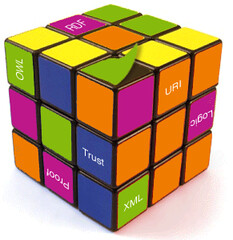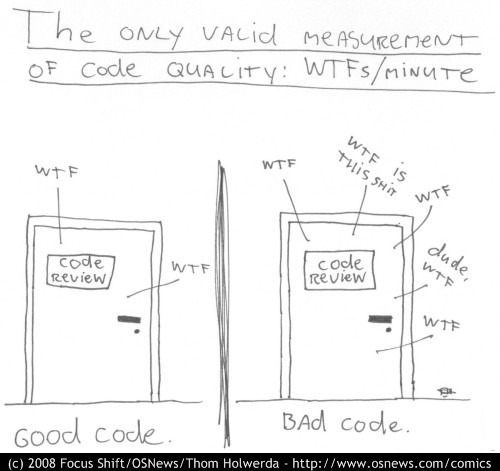 These days there is many buzz around recent announcement of Google Chrome OS. This is, probably, first loud announcement of development of new desktop OS since 2000 when Apple announced its Mac OS X. Of course, if we do not take mobile OSes into account.
There are many discussions around what this means to computing. And, in my mind, this is important event, because it manifests end of desktop OS. 10 years ago you used your OS to run applications, now you use OS to access the Internet. As soon as computer became a means of accessing Internet, OS become irrelevant, because the Web-browser is the new laptop:
These days there is many buzz around recent announcement of Google Chrome OS. This is, probably, first loud announcement of development of new desktop OS since 2000 when Apple announced its Mac OS X. Of course, if we do not take mobile OSes into account.
There are many discussions around what this means to computing. And, in my mind, this is important event, because it manifests end of desktop OS. 10 years ago you used your OS to run applications, now you use OS to access the Internet. As soon as computer became a means of accessing Internet, OS become irrelevant, because the Web-browser is the new laptop:
At this point, who cares what operating system you run? Choice of web browser will have a far more profound impact on most people's daily lives.
We've seen this in cell phone world for years: phones are not a platform for running applications, they are means of accessing cellular network. It does not matter which software is used to operate the phone. Nobody gives a crap about phone software, as long as it allows to place and receive calls with some level of convenience.
The same thing happens to computers now. It is now time, when you can actually create an OS, which will be used by audience larger than its development team. As long as it will be capable of establishing a Wi-Fi connection and executing a web-browser with JavaScript and XHTML support, all the rest will be less important.
"Time to Web" (time from the moment user powers up a computer till Google is loaded in the browser) for a computer+OS tandem will be defining a winner in today's and tomorrow's market of computing. The same way as time to repeat last call was once important for cell phones.
Today "time to Web" determines how fast you can access your e-mail, your text editor, your spreadsheet, you video and TV, your newspaper, your everything. Yes, Web-apps are usually less functional than their desktop counterparts, but as Leo Babauta says:
We don’t need feature-bloated Microsoft Word anymore. Nor Excel, with its 2 million features, nor PowerPoint (who likes to watch slides?). Sure, there are still some great desktop apps that people use, for photo and video editing and much more … but the majority of us don’t need those. We need to communicate simply and quickly, without hassle.
Web apps don’t match up with desktop apps … but that’s a good thing for most of us who use the new computing model.
Now, that we have for quite a time in-kernel Web-servers, I wonder how long it will take to create in-kernel web-browser.

 Last weekend we kind of explored the field of
Last weekend we kind of explored the field of 


